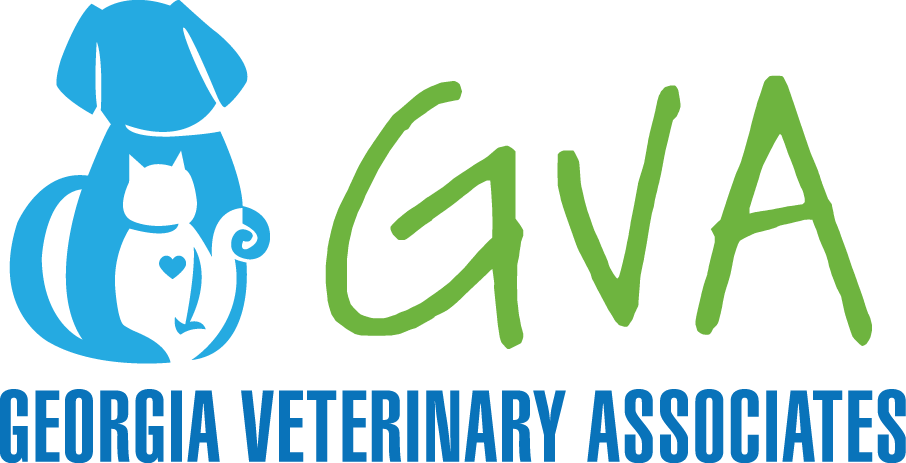What is Cushing’s Disease?
Cushing’s disease, also known as hyperadrenocorticism, occurs when the adrenal gland produces too much of the naturally occurring steroid hormones, primarily cortisol. It is one of the most commonly occurring hormonal disorders in dogs. Excessive levels of cortisol can have widespread effects on the body, including the skin, kidneys, bladder, immune system, nervous system, and musculoskeletal system.
What causes Cushing’s Disease?
There are two main causes of Cushing’s Disease:
- Pituitary dependent hyperadrenocorticism (PDH) – This is the most common type of Cushing’s, accounting for about 85% of cases. This occurs when the pituitary gland located at the base of the brain secretes too much ACTH, the hormone responsible for stimulating production of cortisol by the adrenal gland. This is usually caused by a tumor (typically benign) or a cluster of overactive cells within the pituitary gland. Less commonly, dogs with pituitary tumors will also exhibit other symptoms consistent with a brain tumor, such as seizures.
- Adrenal dependent hyperadrenocorticism (ADH) – This type of Cushing’s is typically caused by a tumor in the adrenal gland. Even though these tumors may be “benign” in the sense that they are not cancerous, it still creates disease by secreting too much cortisol. ADH is more common in larger breed dogs.
Cushing’s disease can also be caused by prolonged use of prescription steroids when treating conditions like autoimmune disease or allergies. This is called iatrogenic Cushing’s.
What are the symptoms of Cushing’s Disease?
The most common sign of Cushing’s is increased thirst and increased urination. Some dogs will also have increased appetite and excessive panting. Other signs include hair loss, changes in skin texture or pigmentation, chronic skin infections, recurrent bladder infections, a “pot-bellied” appearance, weight gain, muscle wasting, and lack of energy. Dogs with Cushing’s also have a higher risk of developing diabetes, pancreatitis, kidney disease, and gallbladder disease.
How is Cushing’s Disease diagnosed?
A key point in the diagnosis of Cushing’s disease is that there is no test that will identify Cushing’s 100% of the time, so sometimes multiple tests are needed. Suspicion for Cushing’s disease may first be present with the identification of abnormalities on routine screening bloodwork, including increases in ALP (a liver enzyme), increased cholesterol, and changes in white blood cell counts. Routine urine testing may show a low urine concentration or protein in the urine. While these changes on routine lab work may raise suspicion for Cushing’s disease, they do not give a definitive diagnosis. ACTH Stimulation is the first-line test used to diagnose Cushing’s disease. It measures the body’s response to a measured amount of ACTH hormone given by injection. Two blood samples are taken, one “pre” sample, and a second “post” sample one hour after injection. Dog’s with Cushing’s disease will typically produce an excessive amount of cortisol in response to this hormone. Some dogs with Cushing’s disease will have inconclusive results with this test, but it is still important that this test be performed because if Cushing’s is diagnosed this test is used to monitor response to medication. Dexamethasone Suppression Testing is an alternative method to diagnose Cushing’s, and is often recommended for dogs whose ACTH Stimulation is inconclusive. This test uses 3 samples taken over 8hours, and measures the body’s ability to suppress cortisol production when a synthetic steroid injection is given. An additional benefit of this test is that it can differentiate pituitary and adrenal dependent Cushing’s Disease.
Abdominal ultrasound to identify an adrenal tumor may be recommended if your veterinarian is suspicious of adrenal dependent Cushing’s.
Although people often ask about identifying or removing a potential pituitary tumor, this is not feasible for most dogs. Identification of a pituitary tumor requires an MRI, and most are not surgically resectable even if found. Most dogs with pituitary depending Cushing’s can be well managed on medication (see below) and so further workup is not typically performed.
How is Cushing’s Disease treated?
Most cases of Cushing’s are treated with a medication called Trilostane (brand name Vetoryl). This medication blocks the production of excess cortisol, and for most dogs diagnosed with Cushing’s it is a lifelong medication. Your veterinarian will recheck an ACTH stimulation test about two weeks after the medication is started, and adjust the dose as needed. We then routinely monitor how well the drug is working by running baseline bloodwork and an ACTH stimulation test annually. For the rare cases where an adrenal tumor is identified, surgery to remove the tumor may be an option. If surgery is not an option, the symptoms of Cushing’s may still be managed with Trilostane (Vetoryl).
Written by Dr. Danielle Hines, DVM
Georgia Veterinary Associates
Russell Ridge Animal Hospital
www.mygavet.com

